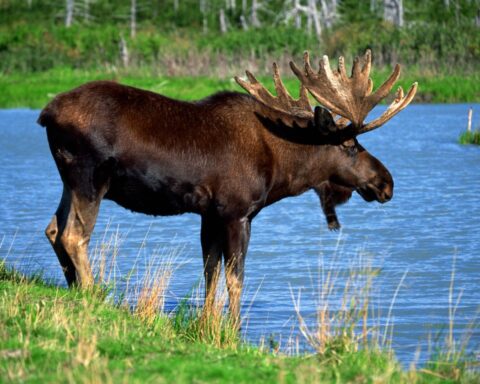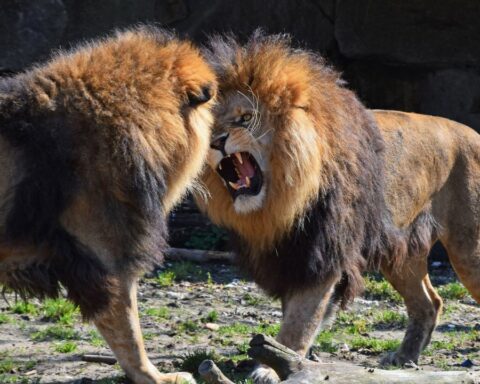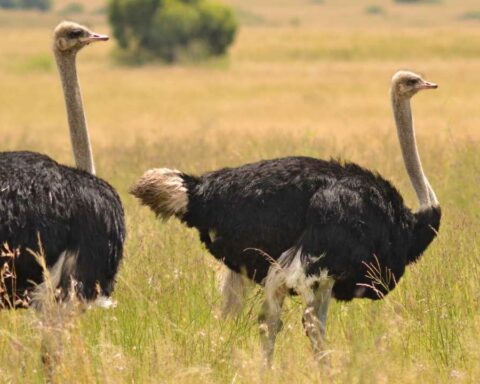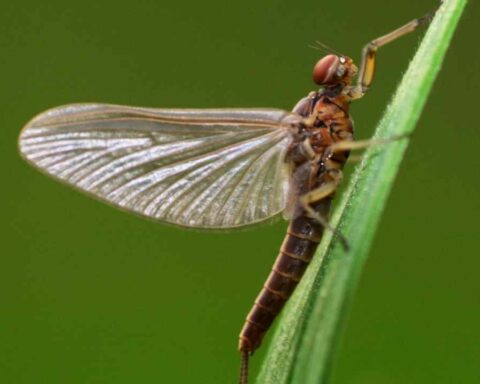Axolotls are a species of aquatic salamander that is native to Lake Xochimilco and surrounding canals in central Mexico. It is listed as Critically Endangered on the IUCN Red List due to habitat loss, water pollution and over harvesting for the pet trade and human consumption.
Why Are Axolotls Endangered?
Axolotls are facing extinction due to a number of reasons.
Habitat loss is the biggest threat to axolotls. Their natural habitats, which include lakes, ponds, and streams in Mexico City’s Xochimilco area, have been drastically reduced in size due to urbanization. As their habitats shrink, axolotls are forced into smaller and smaller areas where they compete for food and shelter.

Pollution is also a major problem for axolotls. The water in their habitats is often contaminated with sewage or industrial chemicals that can be harmful to them. This pollution can cause health problems or even death for axolotls.
Over-exploitation is another major threat facing axolotls. They have been collected for use in traditional medicine and as pets. This has led to a decline in their numbers in the wild. Additionally, they are sometimes eaten as part of local cuisine in Mexico City which further contributes to their decline.
How Many Axolotls Left 2022?

As of 2022, it is estimated that there are only around 1,000 axolotls left in the wild. This number is rapidly declining due to a variety of factors, including habitat loss and pollution. If current trends continue, it is possible that axolotls could become extinct within the next few decades.
Why Are Axolotls Important?
Axolotls are an important part of the ecosystem because they help to control the population of amphibians and reptiles. Axolotls are also a food source for many animals, including fish, birds, and mammals.
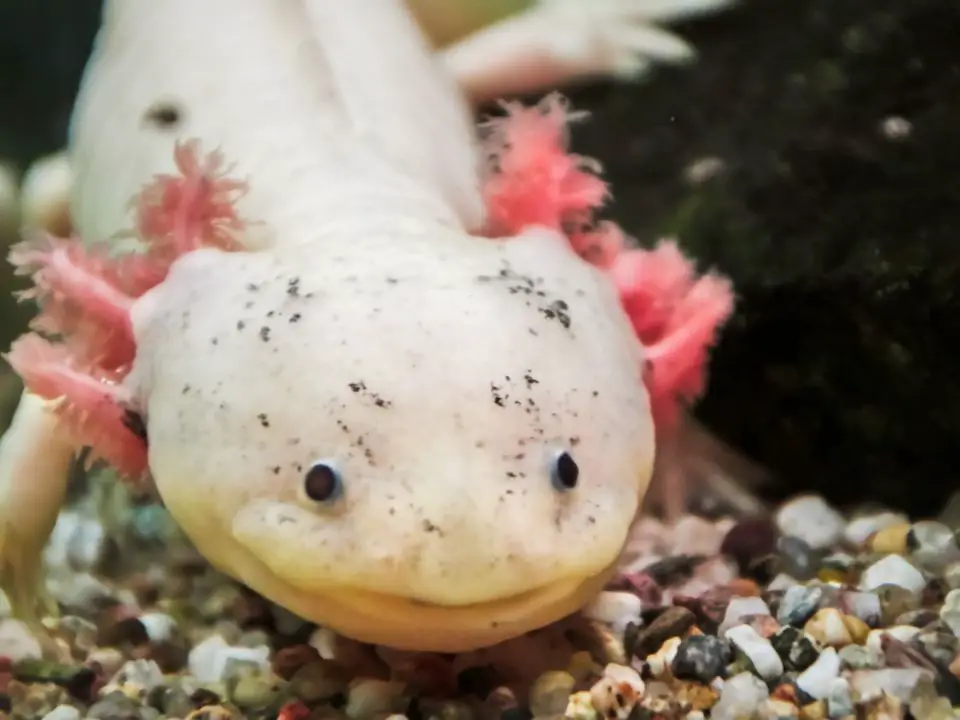
Axolotls have many unique characteristics that make them an important part of the ecosystem. They can regenerate lost body parts, which helps to keep populations healthy. They also have a high tolerance for pollutants and changes in temperature, which makes them ideal for controlling populations in areas that may be contaminated or experiencing extreme weather conditions.
How Can We Save Axolotls

There are a number of ways to help protect axolotls from extinction.
- One way is to create protected areas for them to live in.
- Another way is to raise awareness about the importance of conserving these animals.
- Finally, research into captive breeding and reintroduction programs could help ensure that axolotls do not disappear from our planet entirely.
The good news is that there are things being done to help save axolotl populations. There are now several protected areas where axolotls can live without fear of habitat loss or pollution.



